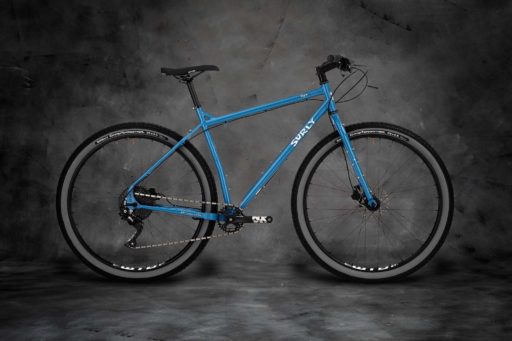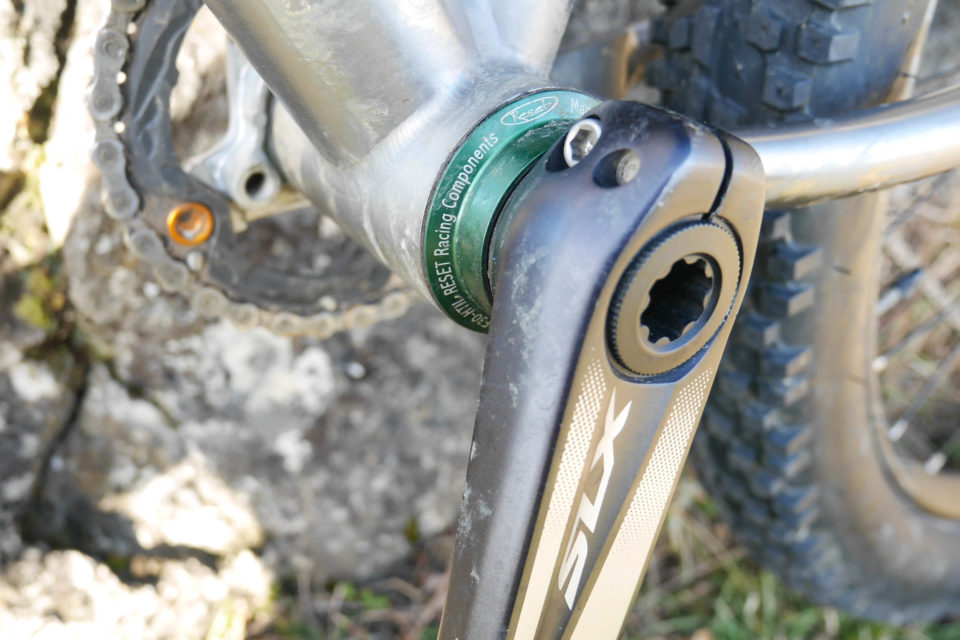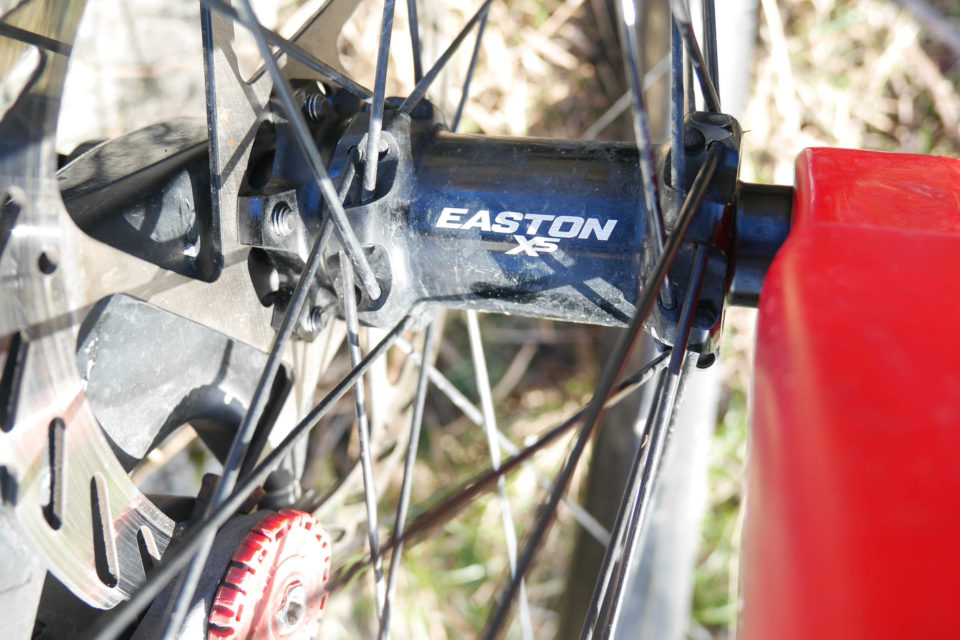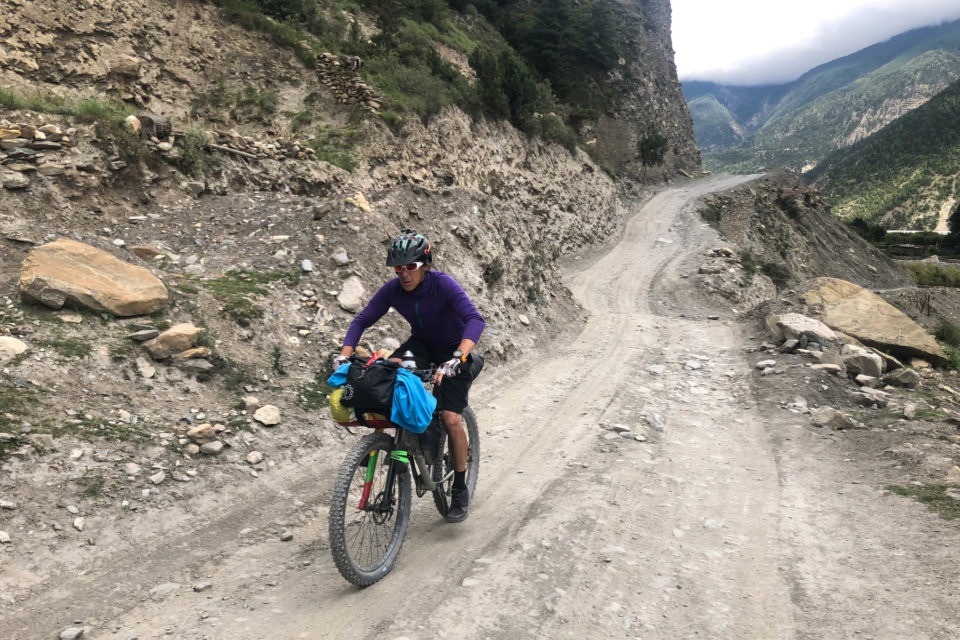Our Reader’s Rig of the week comes from Daniel Junker, whose Kona Raijin Ti recently carried him on a monsoon season bikepacking trip through Nepal’s Annapurna region. Find out more about Daniel and his Kona here…
Words and photos by Daniel Junker
Hi, I’m Daniel Junker, and I live in the beautiful south of Germany in the hilly region of the Schwäbische Alb where I work as a sports and geography teacher. In my free time I love to climb and cycle year-round with my friends. In fact, I’ve been traveling by bike for nearly 25 years. For me, it’s one of the best ways to connect with people and experience different cultures without a filter. Stripping life down to the essentials. As is the case with many others, my cycling developed from touring, mostly on roads (e.g. trips within Europe, from Germany to Nepal, the Karakoram Highway, India’s Manali-Leh Highway), to bikepacking on dirt roads (e.g. Norway’s Hardangervidda, Romania’s Carpathians, Kyrgyzstan’s Tian Shan Traverse).

As a geographer, I very much appreciate going back to regions I have already been. It’s really interesting to see the changes within a certain place and to talk to the people and ask their opinions about things that happen and roads that were built. This was at least one good reason to go back to Nepal and travel around the Annapurnas in August 2019, which I’d previously done in 1997 and 2007 by foot. The last time I was in the upper Annapurna region, we already had some idea of the time to come, when the first bulldozers and motorbikes hit this huge pedestrian zone.
But back to my rig! For riding in Nepal during monsoon season, I knew exactly the right bike to bring: my Kona Raijin Ti. For the short distance of less than 300 kilometers on a mixed, mostly rugged surface, the wet monsoon conditions, and the hike-a bike over Thorong La at 5,416 meters, this would be the perfect rig for me. Though I cycle on a Salsa Fargo with drop bars for most trips, I decided they wouldn’t be so helpful on this short trip with some very steep climbs where you have to push your bike as well.
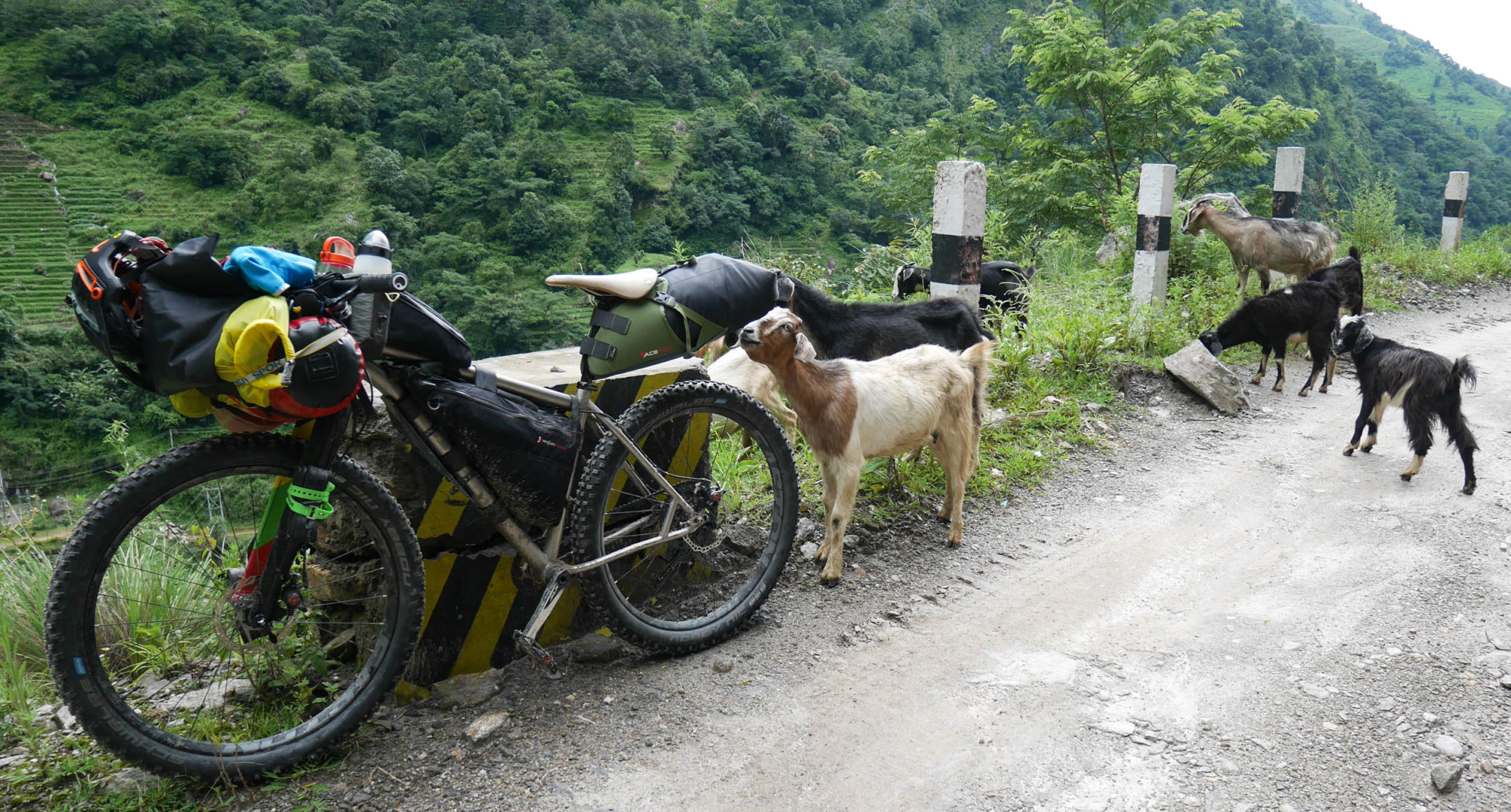
When I was preparing for the trip and mounting my tubeless Schwalbe Nobby Nic 2.8 tires on the Easton Heist 27.5 rims, I thought about the mud to come and I was doubting my decision for a second. Should I bring my fat bike instead? How much mud and water would there be? After some consideration, I continued on with the plan to bring my Raijin. I knew that every kit is kind of a compromise. I mounted a light carbon fork instead of the coil suspended fork I usually use with this bike to make it lighter. I decided that I wouldn’t need a suspension fork for the two days of downhill, since most of the would be slow climbing, anyway. I changed the drivetrain from 2×11 to 1×11 because I expected to use my lowest gear only anyway. Finally, there was only the handlebar question left!
I had my first real test with a carbon handlebar this April when my carbon Salsa Cowchippers broke while I was riding in the High Atlas Mountains in Morocco. Luckily, some local metal workers were able to fix it with metal sawdust and glue. Together with a few meters of my tape, the handlebar was strong enough so that we could finish the trip. Knowing the handlebar situation, my long-time bike dealer Rainer gave me a present: a Specialized carbon flat bar. He was of the opinion that these fit perfectly with the Raijin and my setup. I installed it and pushed the bad memories of the broken Cowchipper aside.
- Frame Kona Raijin Ti
- Fork Lightcarbon Edition T.Stock
- Rims Easton Heist 30
- Hubs Easton X5
- Tires Schwalbe Nobby Nic 2.8
- Handlebars Specialized S-Works Carbon Mini Rise
- Crankset Shimano SLX
- Cassette Shimano 11-46
- Derailleur Shimano SLX
- Brakes Avid BB7s with Avid levers
- Shifter(s) Shimano SLX
- Saddle Brooks Cambium C17
- Seatpost Thompson Elite
- Stem Thompson X
- Bags Mostly Revelate Designs
The Raijin setup turned out to be perfect. So did the trip. We met wonderful people along the way and had beautiful mountain views. The monsoon that time was less heavy than on previous trips, with just a few landslides and only one bridge washed away (a bridge that wasn’t there on my last trip, anyway). The missing bridge meant there was almost zero traffic in that area of the Upper Marsyangdi Valley. However, the region has seen lots of change from road construction. Prices for the local people for basic food are usually going down and they can reach help in case of an emergency much faster. A lot of people depending on jobs in the tourism industry are struggling, though, because tourism itself is changing. People take jeeps on long stretches and walk less, or they cycle. As with all changes, there are some who profit and some who lose. It’s my hope that the good outweighs the bad for the great people of Nepal.
Send Us Your Bikepacking Rig
Use the form below to submit your bikepacking rig. We’ll choose one per week to feature in a Reader’s Rig Dispatch and on Instagram. To enter, email us your best photo of the bike (preferably at a 90° angle), your Instagram username (optional), and a short description of you and your rig. If your bike is selected, we’ll need a total of five photos and a little bit more info.
Readers Rig
Please keep the conversation civil, constructive, and inclusive, or your comment will be removed.







